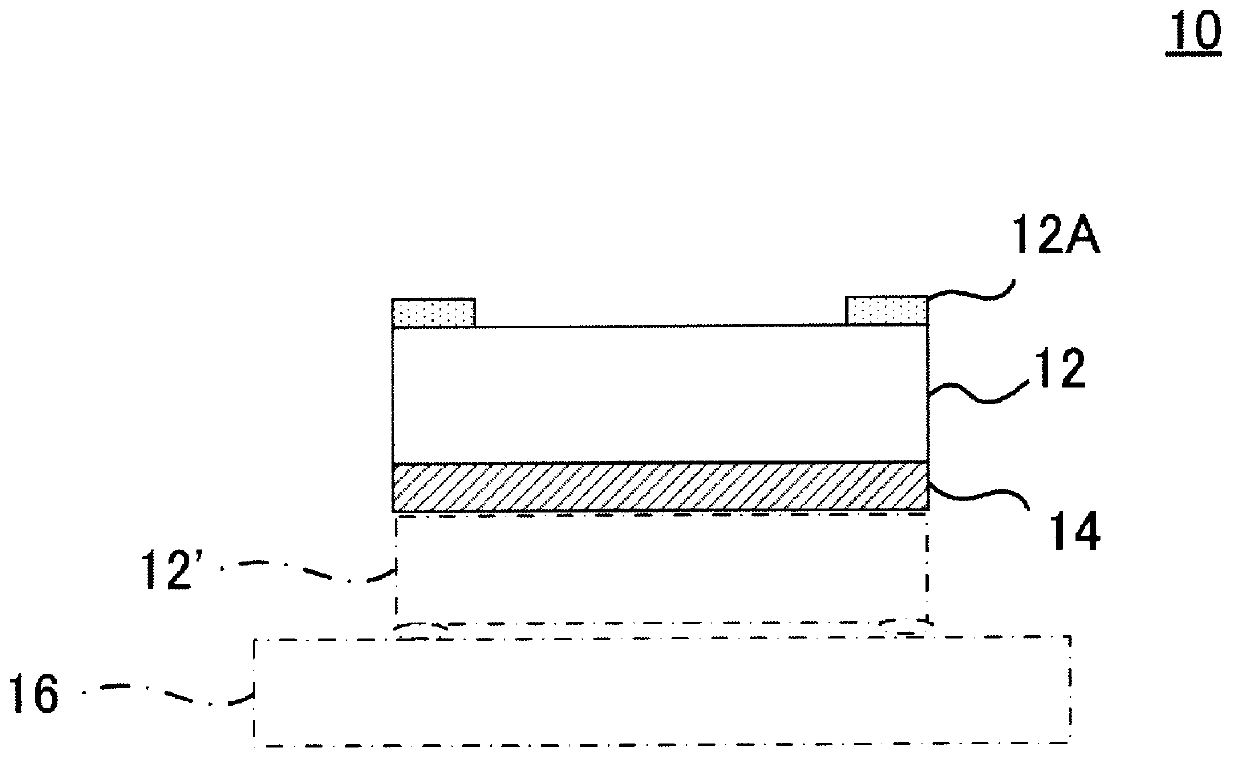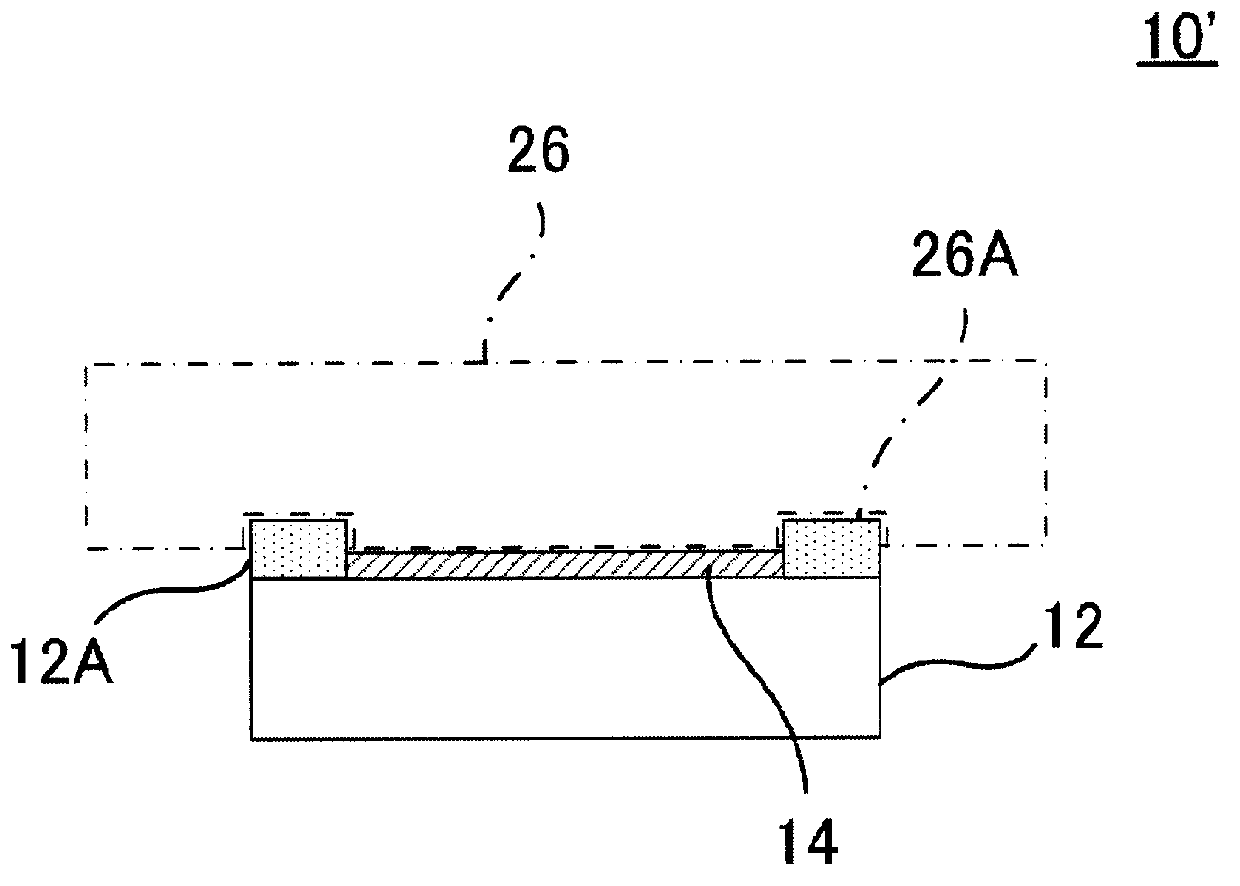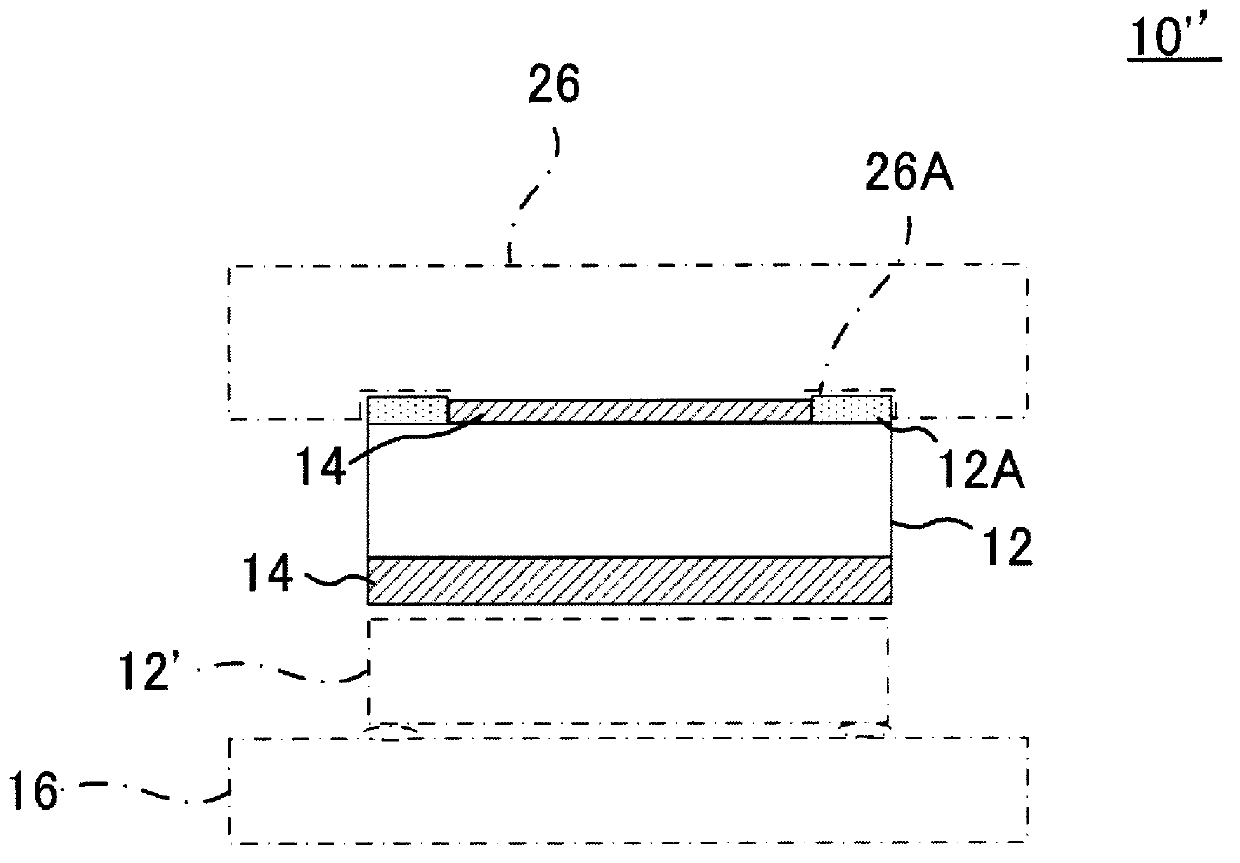Polyimide resin composition, adhesive agent and laminate each comprising same, and device
A polyimide resin, polyimide technology, applied in the direction of synthetic resin layered products, adhesives, semiconductor devices, etc., can solve the problem of low adhesion of inorganic substrates
- Summary
- Abstract
- Description
- Claims
- Application Information
AI Technical Summary
Problems solved by technology
Method used
Image
Examples
preparation example Construction
[0105] The method for synthesizing such a block copolymer is not particularly limited, and includes, for example, the methods 1) and 2) below.
[0106]Method 1): As the first step, polysiloxane diamine (B) is reacted with excess aromatic tetracarboxylic dianhydride (D) to obtain the first imide block (imide block b1) . As a second step, diamines other than polysiloxane diamine (B) are further added to the solution containing the obtained first imide block, and diamines other than polysiloxane diamine (B) and The second imide block (imide block b2) obtained from the aromatic tetracarboxylic dianhydride (D) is connected to both ends of the first imide block to obtain a block copolymer.
[0107] Method 2): Polysiloxane diamine (B) is reacted with aromatic tetracarboxylic dianhydride (D) in a predetermined solvent to synthesize a compound containing the first imide block (imide block b1). solution; in a prescribed solvent, diamines other than polysiloxane diamine (B) are reacted...
Embodiment 1
[0190] Preparation of polyimide varnish
[0191] In a solvent prepared by NMP and mesitylene at a ratio of 7 / 3, four kinds of diamines (APB, 1-Si, 14EL, XTJ-542) and one acid dianhydride (s-BPDA) were mixed with APB: 1-Si: 14EL: XTJ-542: s-BPDA = 0.49: 0.1: 0.2: 0.21: 1.0 was blended in a molar ratio. The resulting mixture was stirred for more than 4 hours in a flask capable of introducing dry nitrogen to obtain a polyamic acid solution having a resin solid content of 20 to 25% by weight. After fully stirring, heat the reaction system to about 180°C while stirring in a flask with a Dean-Stark tube, and discharge the water produced by the dehydration reaction to the outside of the system. This gives a polyimide varnish. The viscosity that the polyimide varnish of gained is measured at 25 ℃ by E-type viscometer is 8.0 * 10 3 mPa s.
[0192] Membrane production
[0193] The obtained polyimide varnish solution was coated on the release-treated PET film at a rate of 10 mm / sec. ...
Embodiment 2
[0195] Four kinds of diamines (APB, 1-Si, 14EL, XTJ-542) and acid dianhydride (s-BPDA) with APB: 1-Si: 14EL: XTJ-542: s-BPDA = 0.29: 0.3: 0.2: A polyimide varnish was produced in the same manner as in Example 1 except that the molar ratio of 0.21:1.0 was mixed. The viscosity that the polyimide varnish of gained is measured at 25 ℃ by E-type viscometer is 5.0 * 10 3 mPa s. A polyimide film was produced from the obtained polyimide varnish in the same manner as in Example 1.
PUM
| Property | Measurement | Unit |
|---|---|---|
| glass transition temperature | aaaaa | aaaaa |
| thermal decomposition temperature | aaaaa | aaaaa |
| elastic modulus | aaaaa | aaaaa |
Abstract
Description
Claims
Application Information
 Login to View More
Login to View More - R&D
- Intellectual Property
- Life Sciences
- Materials
- Tech Scout
- Unparalleled Data Quality
- Higher Quality Content
- 60% Fewer Hallucinations
Browse by: Latest US Patents, China's latest patents, Technical Efficacy Thesaurus, Application Domain, Technology Topic, Popular Technical Reports.
© 2025 PatSnap. All rights reserved.Legal|Privacy policy|Modern Slavery Act Transparency Statement|Sitemap|About US| Contact US: help@patsnap.com



